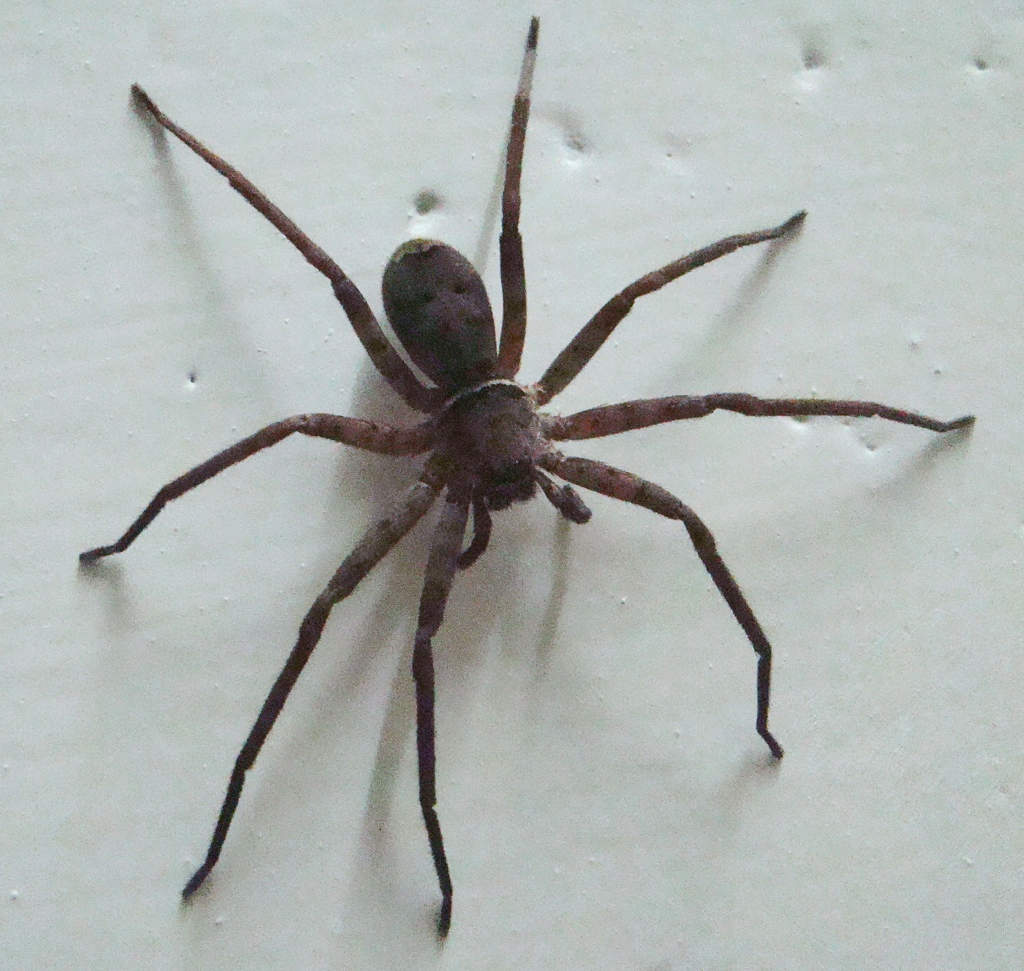
Heteropoda venatoria
T00he Giant Huntsman Spider (Heteropoda venatoria) is a large, fast-moving arachnid that plays a crucial ecological role in insect control. Though not native to the colder Himalayan altitudes, sightings of this spider have occasionally been reported at lower elevations of the Great Himalayan National Park (GHNP), where the environment is warmer and more hospitable. Known for its impressive size and speed, this spider is often misunderstood, but it’s harmless to humans and beneficial to local ecosystems.
Identification and Physical Characteristics
Heteropoda venatoria is easily recognized by its large leg span, which can reach up to 12 centimeters. Its brown body is flat and adapted for hiding in crevices. The spider’s legs are long and slightly banded, giving it the appearance of a small tarantula. Its eyes are forward-facing, providing excellent vision for hunting prey, especially in low-light conditions.
Habitat and Distribution in GHNP
While the Great Himalayan National Park is primarily known for high-altitude flora and fauna, the lower elevation zones (especially below 1,500 meters) with subtropical and warm temperate forests may occasionally harbor Heteropoda venatoria. These spiders prefer dark, humid environments such as under bark, within leaf litter, or inside buildings and sheds. They are nocturnal and come out at night to hunt.
Behavior and Diet
Unlike many spiders that build webs, the Giant Huntsman Spider is an active hunter. It preys on cockroaches, moths, flies, and other insects, making it an effective natural pest controller. It stalks and ambushes prey with lightning speed, using venom to immobilize but not harm larger animals or humans. Its bite is not dangerous to people and generally results in only mild irritation, if any.
Reproduction and Lifecycle
Mating involves a cautious approach by the male, followed by the female producing a white, papery egg sac, which she carries under her body. The young spiders hatch after a few weeks and go through multiple molts before reaching adulthood. They are solitary and territorial, rarely seen in groups.
Importance to Ecosystems
The Giant Huntsman Spider serves a key ecological function by controlling insect populations naturally, thereby helping maintain balance within the forest floor ecosystem. Its presence in the GHNP, though limited, contributes to the park’s rich biodiversity, especially in transitional zones between tropical and temperate biomes.



